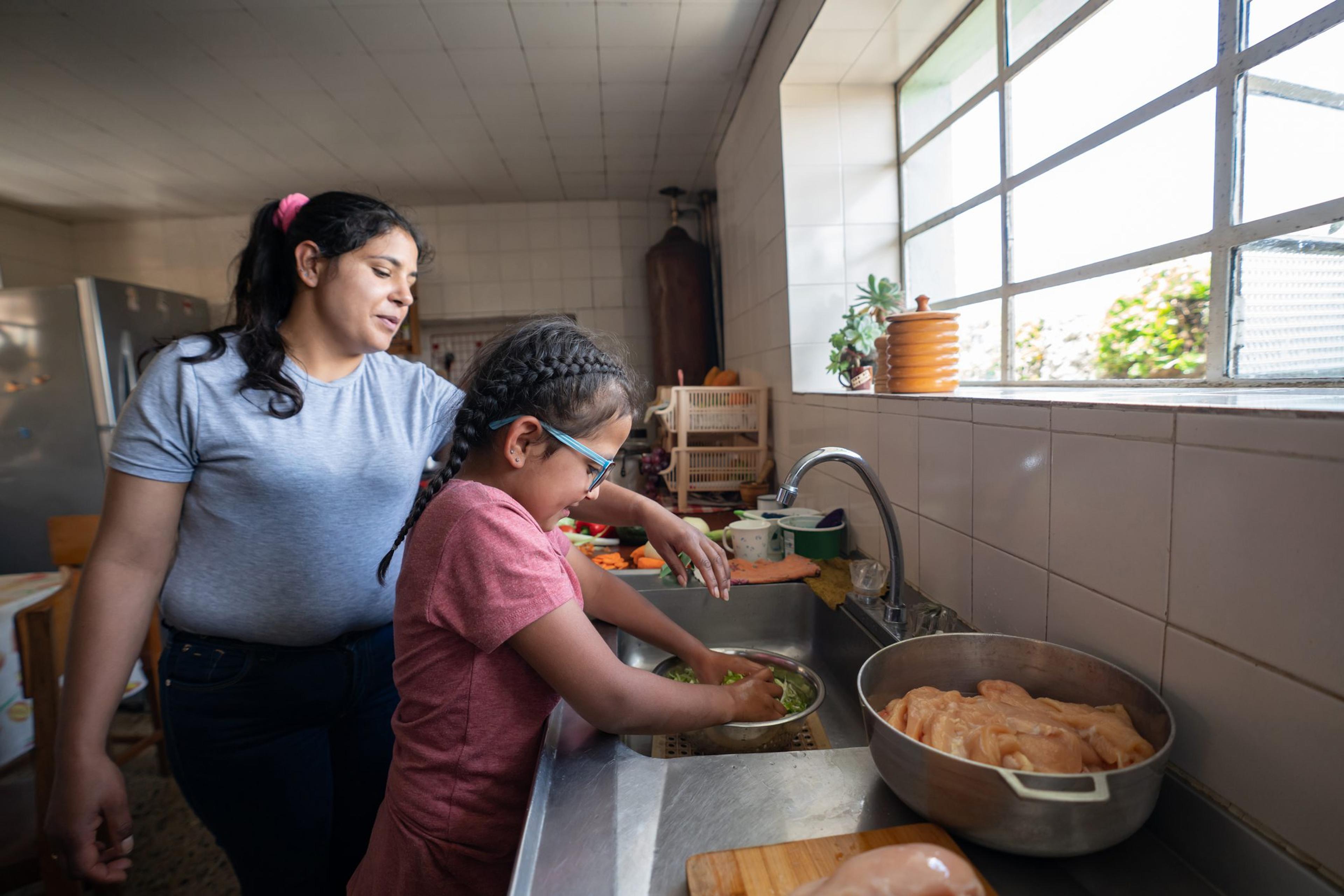Hispanic, Latino Individuals Face Growing Rates of Obesity, Diabetes

Bridget G. Hurd
| 4 min read
Ms. Hurd is the vice president, Inclusion and Divers...

Hispanic and Latino individuals in the U.S. have a longer life expectancy than their white counterparts. Yet new observations by public health scholars indicate this life expectancy gap may be narrowing as health trends shift. The Hispanic and Latino population in the U.S. includes 60.5 million individuals, making up 18.4% of the population as of 2019. This group is experiencing growing rates of obesity and diabetes – both chronic conditions that can put individuals at risk for further health complications. In addition, there are many health and health care disparities for members of the Hispanic and Latino community. These changes in the health of the Latino population signal the continued need for equal access to quality health care for everyone, regardless of where they live and their income level.
Latino health in the U.S.
According to U.S. Census Bureau projections, the 2020 life expectancies at birth for Hispanics are 82.1 years, with 84.2 years for women, and 79.9 years for men. For non-Hispanic whites the projected life expectancies are 80.6 years, with 82.7 years for women, and 78.4 years for men. Some researchers believe Hispanic and Latino individuals in the U.S. have experienced longer life expectancy due to factors including:
- Lower rates of smoking when compared to white individuals
- Stronger networks of social support, including family and friends
- Some experts believe statistics may be affected by out-migration trends, as some immigrants in poor health may return to their home country – leaving behind healthier immigrants
Leading causes of death for Latinos in the U.S. in 2020 included COVID-19, heart disease and cancer.
Social determinants of health
Broadly, there’s growing agreement among experts that social determinants of health can ultimately determine an individual’s health and wellbeing and are more influential than the medical care an individual receives. These social and environmental factors include:
- Access to health care and healthy food
- Crime and violence
- Education
- Environmental conditions of an individual’s home and neighborhood
- Food insecurity
- Health literacy
- Housing instability
- Income
Many Latino and Hispanic individuals in the U.S. face the effects of social determinants of health in their lives:
- 17.2% of Hispanics lived at the poverty level in the U.S. in 2019, compared to 9.0% of non-Hispanic white individuals.
- Language and cultural barriers often prevent Hispanics from seeking help for their health: finding a provider that offers language assistance services can be difficult; and there has been a decrease in mental health treatment offered in Spanish.
- Hispanics have the highest rates of uninsurance of any minority group in the U.S.: 18.7% of the Hispanic population was not covered by health insurance in 2019; compared to 6.3% of the white population. This affects their ability to seek preventive care.
Despite these studied barriers to health, the Hispanic and Latino population in the U.S. has experienced longer life spans than their white counterparts. This trend indicates an area of opportunity for further study. Understanding the relationships in the Latino population – whether familial or within the community – that contribute to their longevity can help tailor public health strategies and programs to best fit their needs.
Changing trends
Latinos in the U.S. are increasingly being diagnosed with chronic conditions, which experts believe may contribute to lower life expectancy rates in the future. Here are some of the emerging health issues facing Hispanic and Latino individuals:
- Hispanics have higher rates of obesity than non-Hispanic white Americans.
- During the past two decades, there’s been an increase in diabetes prevalence among Mexican Americans at a higher rate than white individuals. In 2018, Hispanics were 1.3 times more likely than non-Hispanic whites to die from diabetes.
- Latinos have high rates of disabilities. This could be due in part to their occupations – which can include dangerous and physical labor – as well as substandard living conditions and barriers to accessing health care.
Rates of obesity in children are particularly significant: more than 25% of Hispanic children ages six to 17 years old are obese. That’s compared to 15.5% of non-Hispanic white children in the same age group. As this generation of children matures, they’re at higher risk for developing Type 2 diabetes earlier in life. This will continue to be an issue, as a 30.8% of the Hispanic population in the U.S. is under age 18 as of 2019. That’s compared to 18.6% of non-Hispanic white individuals. Not only does this have serious implications for their health, obesity and diabetes can be expensive strains on the health care system. For individuals who may not frequently access health care unless it’s an emergency, this can result in costly hospitalizations and poor health outcomes. Advancing opportunities for the growing Hispanic and Latino communities in the U.S. means addressing the social determinants of health that are affecting their lives every day. It also means equitable, accessible care to help meet their health care needs and concerns as well as focus on preventative care. Bridget Hurd is vice president of Inclusion and Diversity at Blue Cross Blue Shield of Michigan. More from MIBluesPerspectives:
Photo credit: Getty Images





